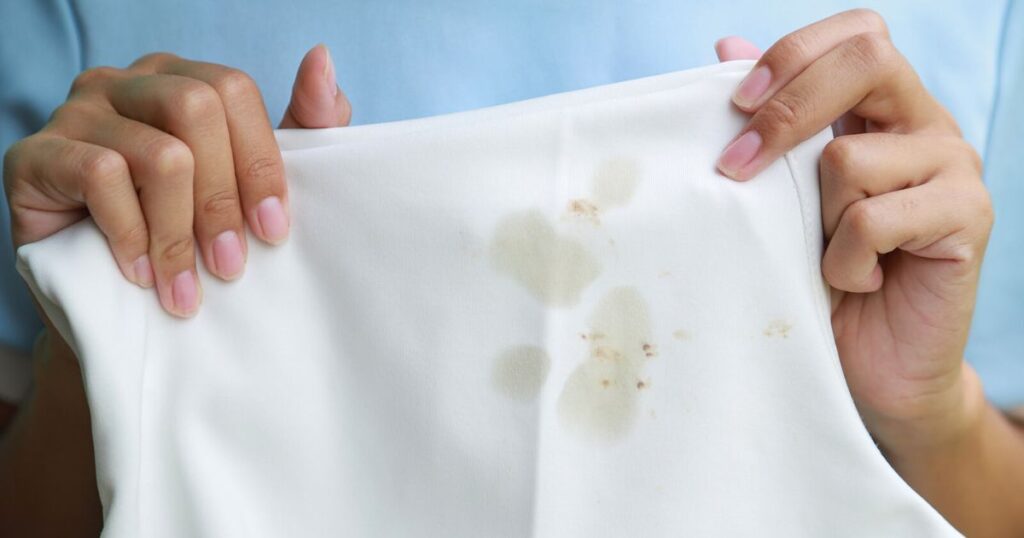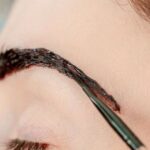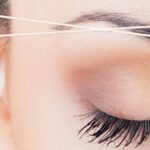In the delicate dance of life, our cherished linen garments often bear witness to the occasional misstep, leaving stubborn stains in their wake. Fear not, for within these lines lies a masterful guide to rectify such mishaps. Drawing upon a wealth of expertise, we shall uncover the secrets to banishing common stains from linen’s pristine canvas. With careful precision and the aid of natural stain removers, we shall restore the glory of our beloved fabric, ensuring its lasting beauty and our sense of belonging.
Key Takeaways
- Promptly treat stains on linen using appropriate methods and products to increase chances of successful removal.
- Different types of stains require different techniques, such as using dish soap for oil-based stains and enzyme-based stain remover for protein-based stains.
- Act quickly to prevent permanent damage by blotting the stain with a clean cloth and applying a stain remover designed for linen.
- Consider using natural stain removers, such as lemon juice, baking soda, vinegar, hydrogen peroxide, and salt, which are gentle on fabric and effective in removing stains.
Types of Stains Commonly Found on Linen
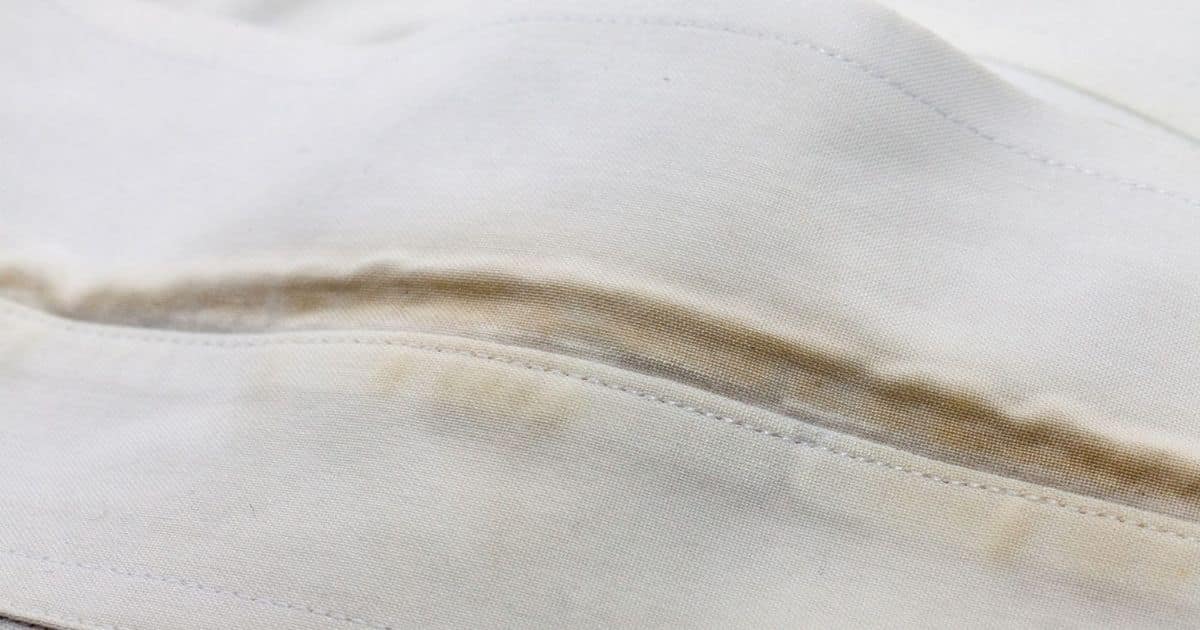
Commonly found stains on linen, such as food spills, ink marks, and oil smudges, can be quite challenging to remove. Food spills can range from wine and coffee stains to sauces and greasy residue. Ink marks, often caused by accidental pen or marker mishaps, can leave stubborn marks on your linen.
Oil smudges, like those from cooking oils or greasy handprints, can also be a headache for linen owners. To help tackle these stains effectively, consider using a linen dryer to maintain your linens’ quality and appearance.
These stains can be frustrating to deal with, but with the right techniques and products, they can be effectively removed. Now, let’s move on to the next section and discuss the process of pre-treating stains on linen.
Pre-Treating Stains on Linen
When it comes to pre-treating stains on linen, it is essential to employ effective stain removal techniques to prevent permanent damage. By treating stains promptly and using the appropriate methods, you can increase the chances of successful stain removal.
Whether it’s using a stain remover, spot-cleaning with mild detergent, or applying natural remedies, a methodical approach will ensure the best results.
Effective Stain Removal Techniques
To effectively remove stains from linen, employing proper pre-treating techniques is essential. Before washing linen, it is important to identify the type of stain and treat it accordingly. For oil-based stains, such as grease or makeup, applying a small amount of dish soap directly to the stain and gently rubbing it can help break down the oils.
For protein-based stains, like blood or sweat, soaking the linen in cold water and enzyme-based stain remover before washing can effectively remove the stains. By following these pre-treating techniques, you can ensure that your linen stays clean and stain-free.
Preventing Permanent Damage
Proper pre-treatment is crucial in preventing permanent damage to linen caused by stains. To effectively pre-treat stains on linen, it is important to act quickly and follow a methodical approach. Start by gently blotting the stain with a clean cloth to remove any excess liquid. Avoid rubbing, as it can spread the stain further.
Then, apply a stain remover specifically designed for linen and let it sit for the recommended amount of time. Finally, launder the linen as usual to remove the stain completely. By following these steps, you can protect your linen from permanent damage and maintain its pristine condition.
Using Natural Stain Removers for Linen
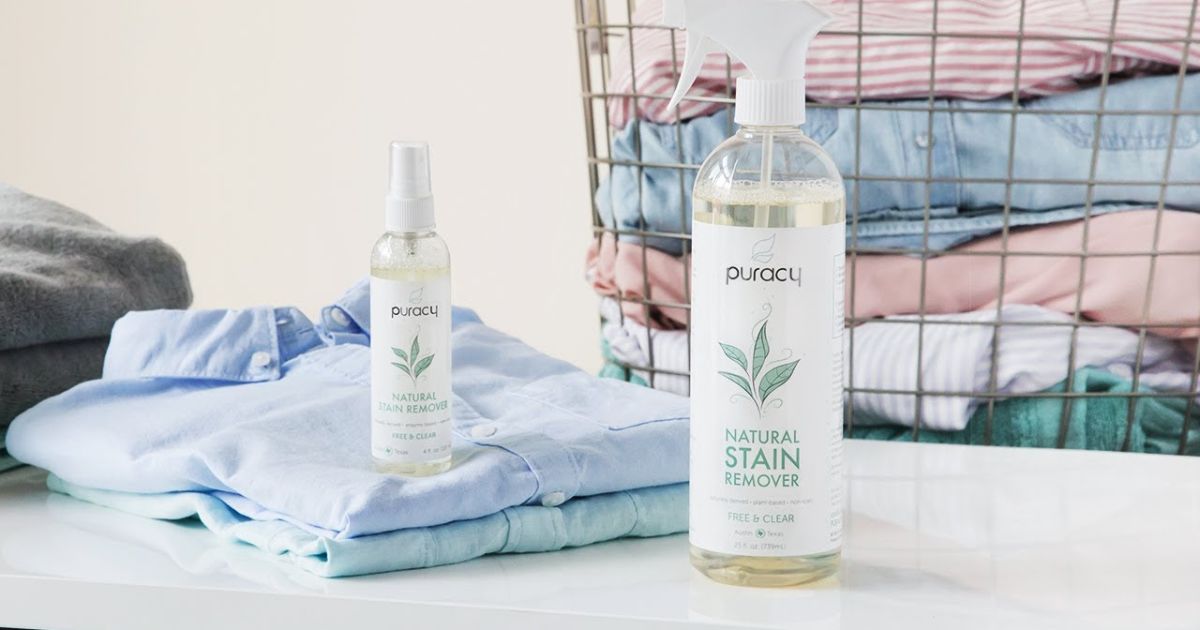
When it comes to removing stains from linen, using natural stain removers can be a great option. These stain removers are gentle on the fabric, ensuring that your linen remains in good condition after treatment.
Natural stain removers are eco-friendly, making them a sustainable choice. Moreover, they are also effective in removing various types of stains, providing you with a reliable solution for keeping your linen clean and pristine.
Gentle on Fabric
One effective method for removing stains from linen is by utilizing natural stain removers that are gentle on the fabric. These natural stain removers not only effectively remove stains but also ensure the longevity of your linen. Here are two sub-lists of natural stain removers that are gentle on fabric:
- Lemon juice:
- Lemon juice is a natural bleaching agent that can help remove tough stains from linen.
- Apply lemon juice directly to the stain and let it sit for a few minutes before washing as usual.
- Baking soda:
- Baking soda is a versatile natural cleaner that can be used to remove stains from linen.
- Create a paste by mixing baking soda with water and apply it to the stain. Let it sit for a while before washing.
Eco-Friendly and Effective
Utilizing natural stain removers for linen ensures both environmental friendliness and effectiveness. By choosing eco-friendly options, you can not only remove stains from your linen but also contribute to a sustainable lifestyle.
Natural stain removers, such as vinegar, lemon juice, and hydrogen peroxide, are not only safe for the environment but also highly effective in removing various types of stains.
Removing Food Stains From Linen
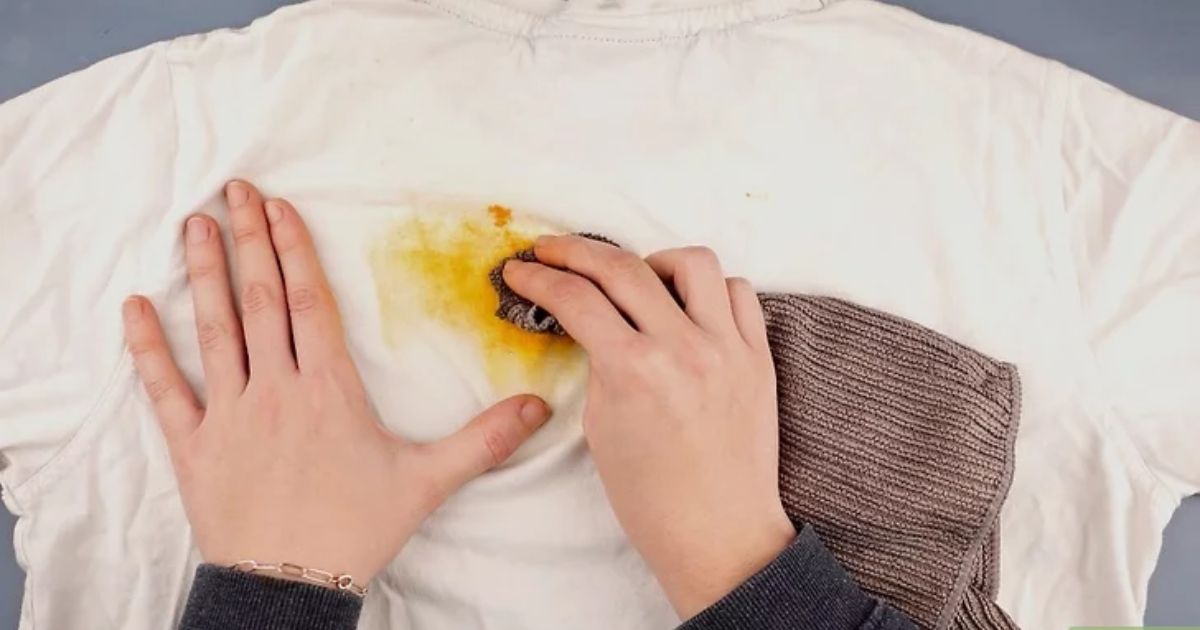
To effectively remove food stains from linen, it is important to follow a few steps:
- Act quickly: Blot the stain with a clean cloth to remove any excess food particles.
- Pre-treat the stain: Apply a stain remover or a mixture of dish soap and water to the affected area.
- Gently rub: Use a soft brush or your fingers to work the stain remover into the fabric.
- Let it sit: Allow the stain remover to penetrate the stain for 10-15 minutes.
- Launder as usual: Wash the linen on a normal cycle with a detergent that is suitable for delicate fabrics.
Getting Rid of Oil and Grease Stains on Linen
When it comes to removing stubborn oil and grease stains from linen, it is important to approach the task with effectiveness and precision. Understanding the proper techniques and products to use can make all the difference in achieving successful stain removal.
Implementing preventative measures, such as treating stains immediately and avoiding contact with greasy substances, can help maintain the quality and appearance of linen over time.
Removing Stubborn Stains
How can oil and grease stains be effectively removed from linen? Removing stubborn stains from linen requires a systematic approach to ensure complete removal. Here are two sub-lists of proven methods for getting rid of oil and grease stains on linen:
- Pre-treatment:
- Apply a small amount of dishwashing liquid directly to the stain and gently rub it in.
- Leave the liquid on the stain for about 10 minutes to allow it to penetrate the fabric.
- Washing:
- Launder the linen in the hottest water recommended for the fabric.
- Use a heavy-duty detergent that is specifically designed to remove grease and oil stains.
Effective Grease Removal
To effectively remove oil and grease stains from linen, it is important to employ proven methods that ensure complete removal. Start by blotting the stain with a clean cloth to absorb excess grease. Then, apply a small amount of dishwashing liquid or laundry detergent directly to the stain and gently rub it in.
Let it sit for a few minutes before rinsing with warm water. For stubborn stains, you can also try using a grease solvent or pre-treatment spray. Once the stain is removed, it is crucial to take preventive measures to avoid future stains on linen.
Linen Stain Prevention
To effectively prevent oil and grease stains on linen, what measures can be taken to ensure its pristine condition?
- Proper storage: Store linen in a cool, dry place away from direct sunlight to prevent oil and grease from accumulating.
- Pre-treatment: Apply a stain repellent or fabric protector to create a barrier against oil and grease stains.
- Spot cleaning: Promptly treat any oil or grease stains with a mild detergent and warm water, gently blotting the stained area.
- Regular washing: Follow the manufacturer’s instructions for laundering linen to remove any residual oils or greases.
Removing Ink Stains From Linen
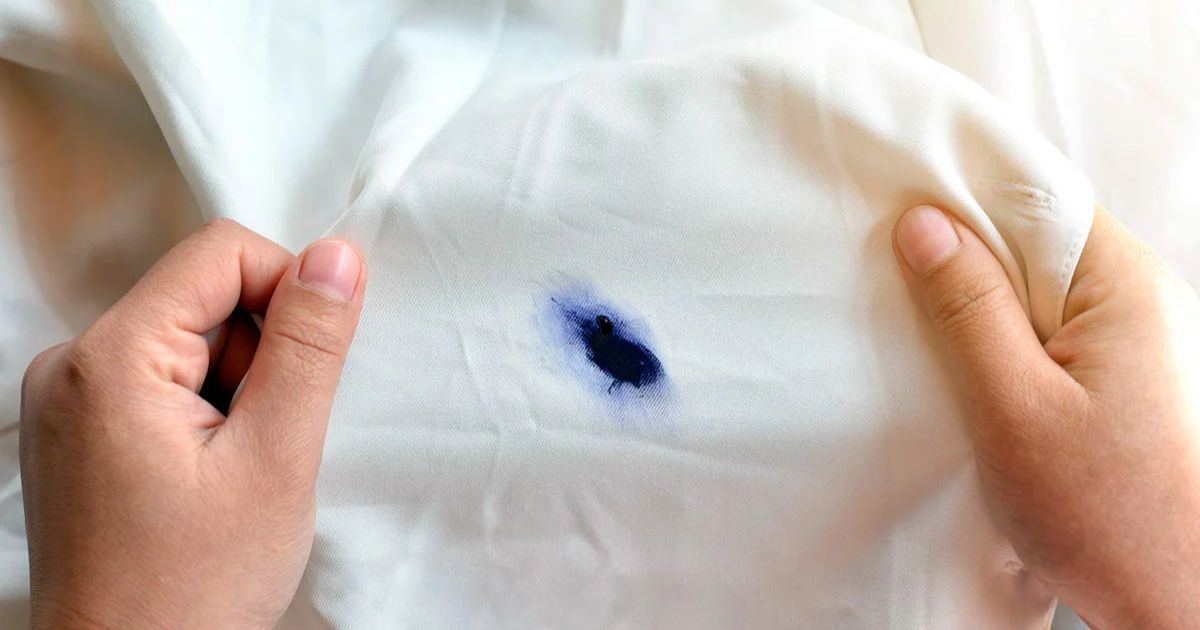
Can ink stains be effectively removed from linen? Ink stains on linen can be stubborn and challenging to remove, but with the right techniques, it is possible to restore your linen to its pristine condition. To remove ink stains from linen, start by blotting the stain gently with a clean cloth or paper towel to absorb as much ink as possible.
Avoid rubbing, as it can spread the stain further. Then, apply a small amount of rubbing alcohol or a stain remover specifically designed for ink stains onto the affected area. Gently dab the stain, working from the outer edges towards the center, until the ink begins to lift.
Rinse the area with cold water and repeat the process if necessary. Finally, wash the linen according to the care instructions, using a mild detergent. By following these steps, you can effectively remove ink stains from your linen and restore its natural beauty.
Treating Red Wine Stains on Linen
Now moving on to the topic of treating red wine stains on linen, let’s explore effective methods to remove these stubborn stains and restore the fabric’s pristine appearance.
- Blot the stain: Use a clean cloth or paper towel to blot the excess wine gently.
- Salt method: Cover the stain with salt, which will absorb the wine. After a few minutes, brush off the salt and rinse with cold water.
- Vinegar solution: Mix equal parts white vinegar and water, then apply it to the stain. Let it sit for a few minutes before rinsing with cold water.
With these techniques, you can successfully tackle red wine stains on linen and enjoy your fabric’s renewed beauty. Moving forward, let’s explore how to remove coffee and tea stains from linen.
Removing Coffee and Tea Stains From Linen
To effectively eliminate coffee and tea stains from linen, employ a tested method that combines gentle treatment and specialized cleaning solutions. Start by blotting the stain with a clean cloth to remove any excess liquid. Then, mix a solution of mild detergent and warm water.
Apply the solution to the stain using a clean sponge or cloth, gently rubbing in a circular motion. Rinse with cold water and repeat if necessary. Finally, air dry the linen or use a low heat setting in the dryer.
Dealing With Sweat and Body Odor Stains on Linen
Regularly treating sweat and body odor stains on linen is essential for maintaining the fabric’s freshness and cleanliness. To effectively deal with these stains, follow these steps:
- Pre-treat the stains: Apply a mixture of white vinegar and water directly onto the affected area. Let it sit for 10 minutes before rinsing.
- Wash with enzyme-based detergent: Use a detergent specifically formulated to break down sweat and body odor. Follow the instructions on the label for best results.
Tips for Preventing Future Stains on Linen
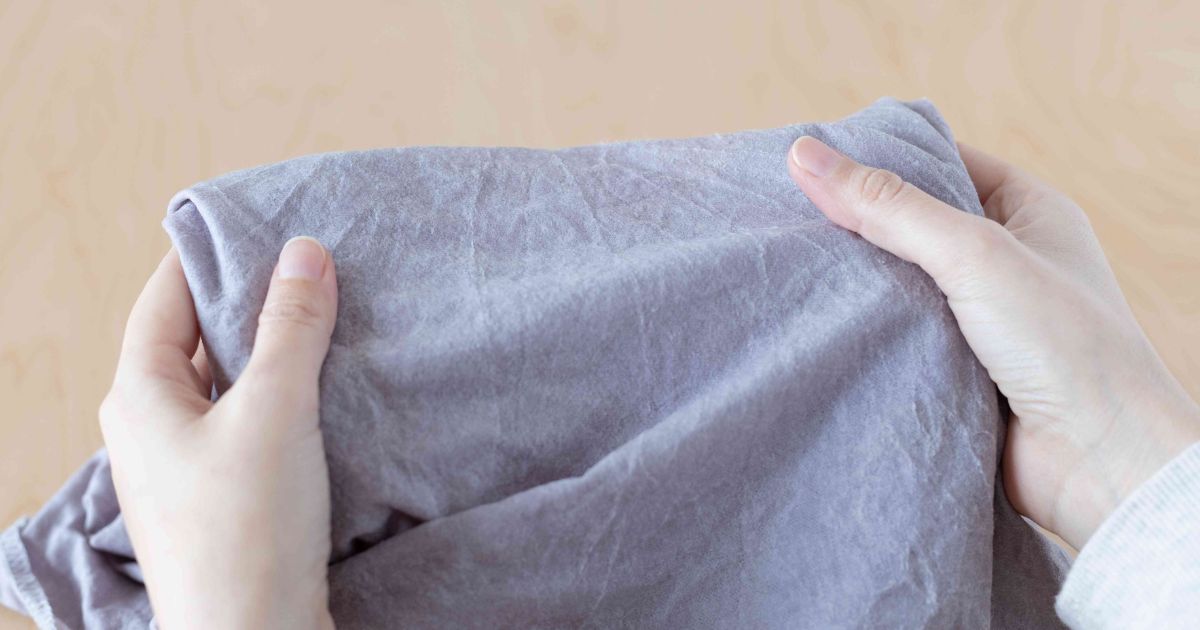
To maintain the freshness and cleanliness of your linen, it is important to take preventative measures against future stains. Begin by treating your linen with a fabric protector spray to create a barrier against spills and stains. Avoid eating or drinking on your linen without using a placemat or napkin.
If a spill occurs, blot it immediately with a clean cloth, avoiding rubbing which can spread the stain. Regularly launder your linen according to the manufacturer’s instructions to keep it in top condition.
Frequently Asked Questions
How Do I Remove Blood Stains From Linen?
Blood stains can be challenging to remove from linen. However, with the right approach, it is possible to effectively eliminate them. Several methods, such as using cold water, hydrogen peroxide, or enzyme-based cleaners, can be employed to tackle this issue.
What Is the Best Way to Get Rid of Grass Stains on Linen?
Grass stains on linen can be challenging to remove, but there are effective methods. A combination of pre-treating with a stain remover, gentle scrubbing, and washing in cold water can help eliminate these stubborn stains.
Can I Use Bleach to Remove Stains From Linen?
Bleach can be an effective method for removing stains from linen, but caution must be exercised. It is important to follow the manufacturer’s instructions, test on a small, inconspicuous area first, and dilute the bleach properly to avoid damaging the fabric.
How Do I Remove Lipstick Stains From Linen?
Lipstick stains on linen can be stubborn, but fear not! By following these expert-approved steps, you can effectively remove those pesky stains and restore your linen to its pristine condition.
What Should I Do if My Linen Has Mildew Stains?
If your linen has mildew stains, it’s important to take immediate action. Start by removing any visible mold or mildew with a brush or cloth. Then, treat the stains with a mixture of white vinegar and water, followed by laundering with a mild detergent.
Conclusion
In conclusion, removing stains from linen can be a meticulous process requiring knowledge and effective techniques. By pre-treating stains and using natural stain removers, such as vinegar and baking soda, various types of stains like food, oil, and red wine can be successfully eliminated.
Addressing coffee and tea stains, as well as sweat and body odor stains, is essential for maintaining the quality and appearance of linen. By following these methods and taking preventative measures, linen can remain stain-free and pristine for longer periods of time.

